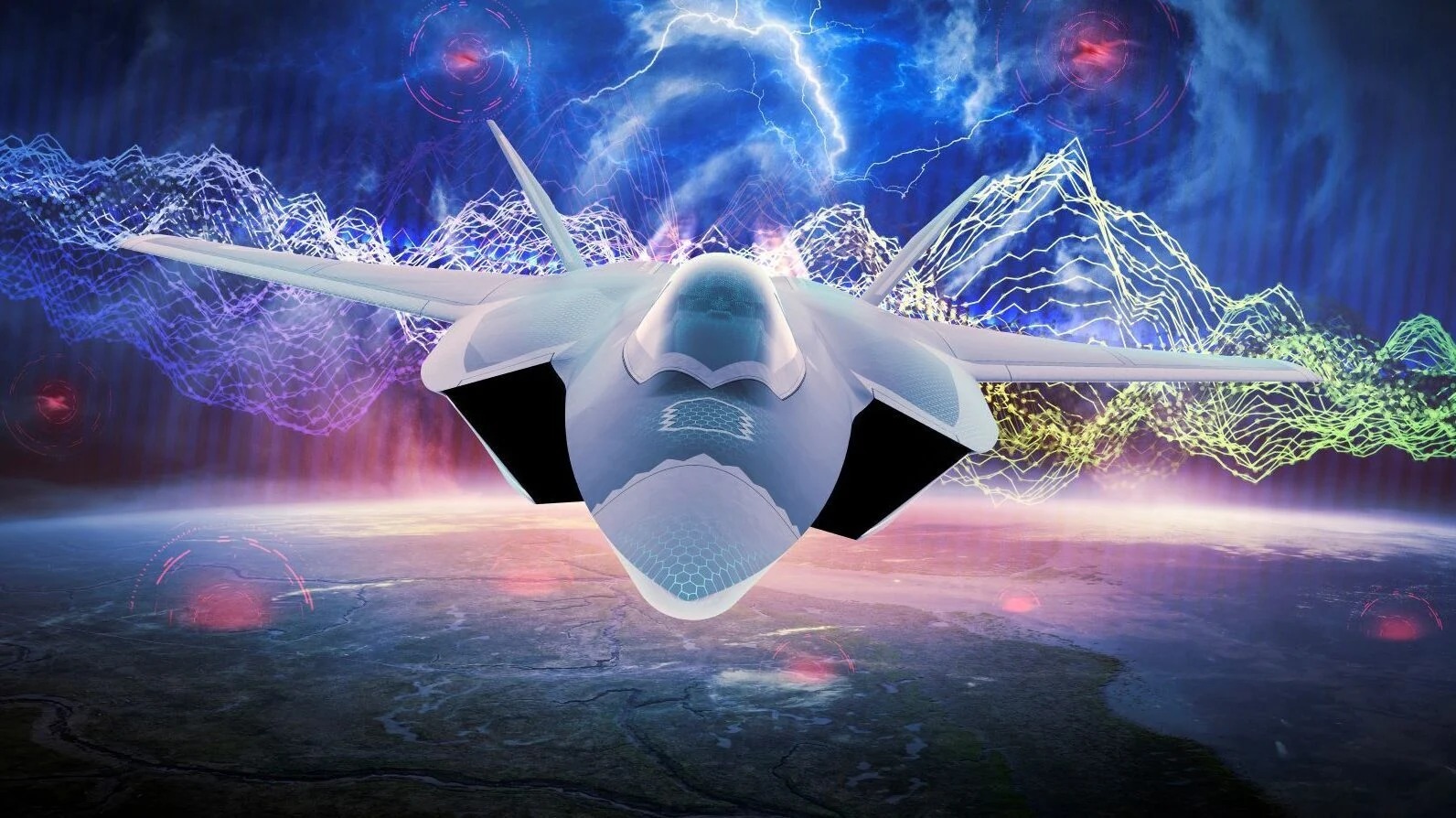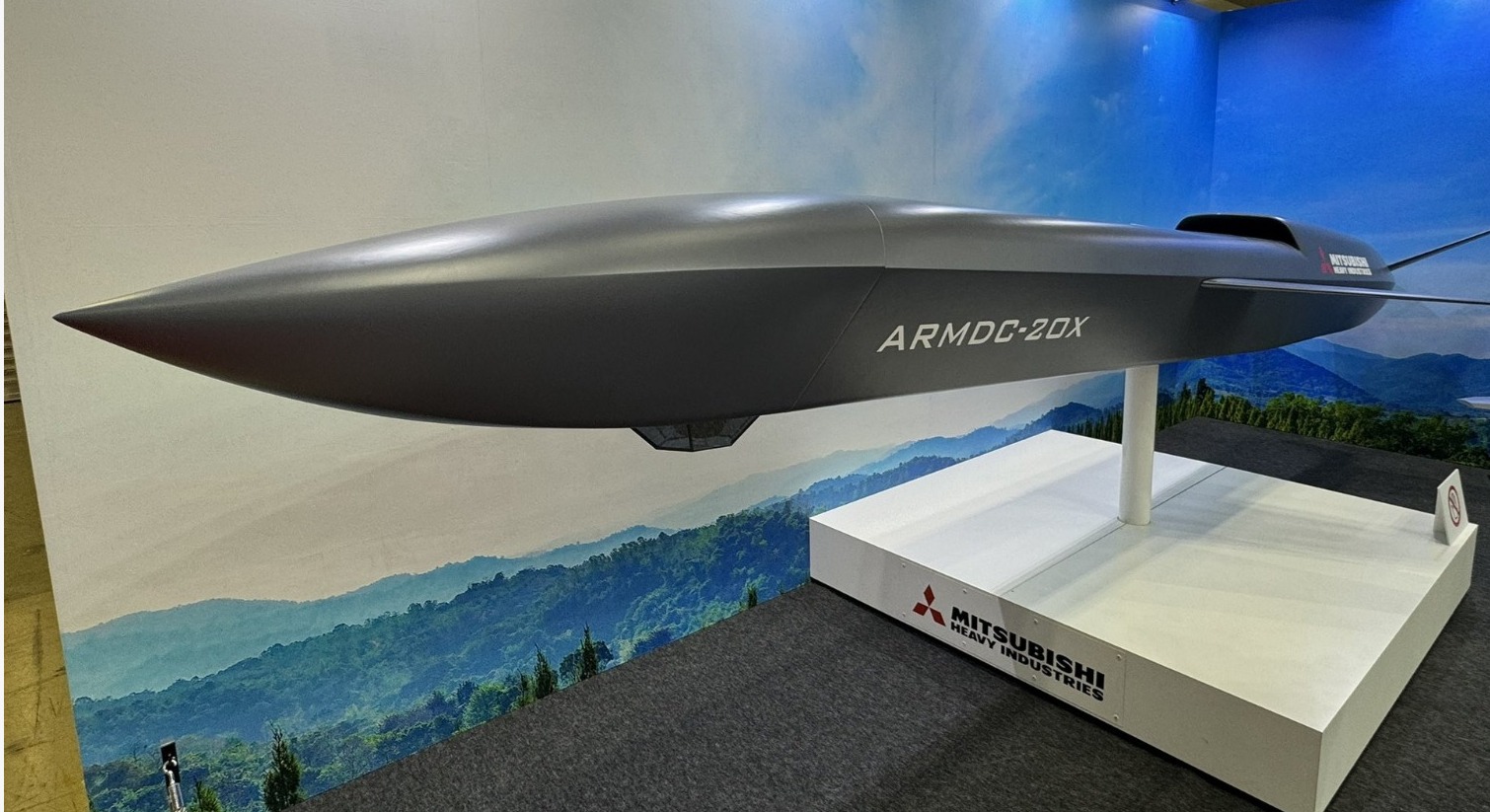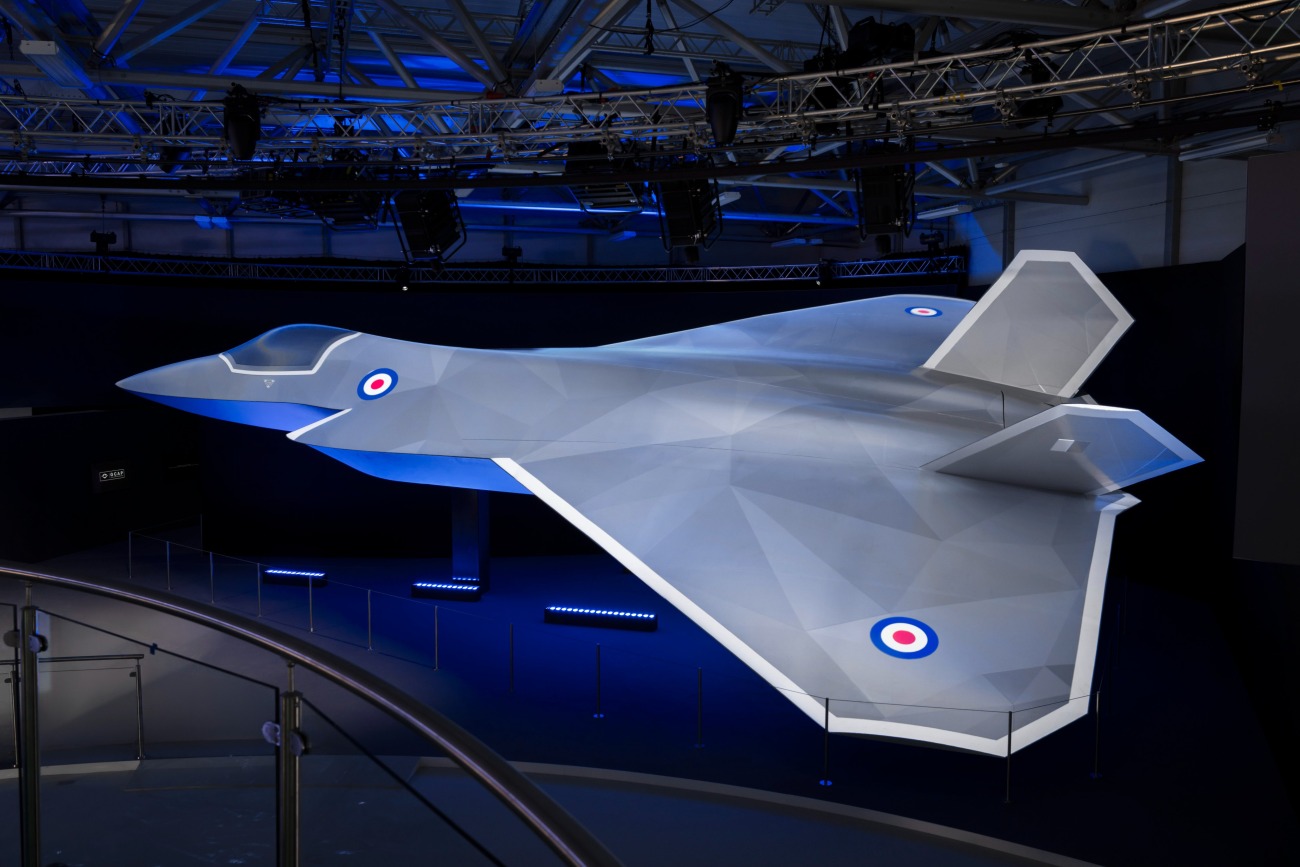The trilateral alliance of the UK, Japan, and Italy is fast-tracking the Global Combat Air Program (GCAP) with the establishment of a tri-national government body that will oversee the development of next-generation fighter aircraft.
Japanese Defense Minister Gen. Nakatani announced on October 20 that the GCAP International Government Organization, or GIGO, will be established by the end of this year to supervise the aircraft’s development.
The announcement was made following meetings with Italian and British defense ministers Guido Crosetto and John Healey in Naples, Italy, on the sidelines of the Group of Seven (G7) defense ministers meeting.
“We now see the launch of GIGO and a joint venture on track” toward signing their first contract next year, Nakatani said. According to previous reports, London, Rome, and Tokyo are expected to submit a contract for the complete development of the crewed fighter by next year.
The announcement puts to rest all concerns regarding the future of the GCAP program amid leadership changes in Japan and the UK. Earlier, there were speculations that the UK’s involvement in GCAP could be reviewed under the new Labor government.
The ‘good news’ comes months after the trilateral alliance signed a pact in December 2023, which called for the setting up of GIGO. At the time, the alliance indicated that GIGO would be headquartered in the UK and headed by a Japanese official.
Italy will likely provide the first leader of the business entity linked to the GIGO, which will comprise Britain’s BAE Systems PLC, Japan’s Mitsubishi Heavy Industries (MHI), and Italy’s Leonardo. GIGO would be responsible for establishing the overall capabilities required for the aircraft.
The pact was awaiting ratification from the Parliaments of all three countries, which may have come through now. As recently reported by Aviation Week, the UK and Japan had ratified the convention and Italy was expected to ratify it in the coming weeks. The announcement did not, however, make any reference to the ratification process.

The three countries formed the GCAP alliance in 2022 to combine their expertise and resources to develop a sixth-generation aircraft with state-of-the-art technology that would strengthen their cooperation against adversaries like China, Russia, and North Korea. The trilateral grouping has since set an ambitious deadline for the aircraft’s induction: 2035.
GCAP partners believe that the aircraft will be one of the most advanced, interoperable, adaptable, and connected fighter jets in the world. The program’s goal is to provide a replacement for the Eurofighter Typhoon used by the Royal Air Force and the Italian Air Force and the Mitsubishi F-2 used by the Japan Air Self-Defense Force.
If all goes to plan, the fighter jet produced under GCAP could be the first sixth-generation fighter jet in the world to enter service. Two other next-generation programs are under development, including the Future Combat Air System (FCAS) and the US Next Generation Air Dominance (NGAD). Of these, the future of the NGAD has run into uncertainty, and the FCAS has been off to a slow start due to several differences between France and Germany.
GCAP Is Gathering Pace
While the GIGO is yet to be established, the industry partners involved in the program are already committed to developing new technologies and platforms that would be essential for a next-generation fighter jet.
For instance, Japan’s MHI recently unveiled concept designs for Collaborative Combat Aircraft (CCA) that will fly alongside the sixth-generation fighter in a manned-unmanned teaming (MUMT) configuration. The concept design was on display at an exhibition in Tokyo, as recently reported by EurAsian Times.
A scale mockup of BAE’s AI-enabled Autonomous Collaborative Platform (ACP), which will have two internal payload bays, was also displayed. While Leonardo did not have any drones connected to GCAP on exhibit at the event, it did have a computer-generated depiction of a next-generation aircraft running alongside many drones at its stand.

The proposed combat air system will comprise a primary fighter aircraft and unmanned “adjuncts” like drones, sophisticated sensors, and networked data systems driven by artificial intelligence and cloud computing.
This next-generation combat aircraft features a next-generation radar, an intelligent weapons system, an integrated sensor array, and a software-driven interactive cockpit that will give more data than its present equipment.
In July this year, the three GCAP partner countries showcased the new concept model of their upcoming combat aircraft at the Farnborough International Airshow. The concept model featured a bigger wingspan than designs unveiled previously and a far more advanced design to enhance the future combat aircraft’s aerodynamics.

Out of all the three partners, the program is the most significant for Japan since this is the first time since the conclusion of the Second World War that Tokyo has forged a major military alliance with countries other than the US.
Moreover, the next-generation aircraft developed under the GCAP will eventually become the workhorse of the Japan Self-Defense Air Force (JSDAF), which is at loggerheads with China.
The development and induction of a sixth-generation aircraft in Japan is also necessitated by the fact that China is working on its own diamond-shaped sixth-generation aircraft program, the concept of which was shared by the Aviation Industry Corporation of China (AVIC) on social media in February 2023. The aircraft is expected to enter service with the PLA Air Force in the mid-2030s.
Furthermore, in addition to bolstering Japan’s air power, the aircraft will be open to export to friendly countries. In March this year, Japan’s ruling coalition reached an agreement to ease the stringent regulations on defense equipment transfers, paving the way for the export of next-generation fighters.
As it zooms ahead of its contemporaries, the GCAP grouping seeks to acquire an export-oriented first-mover advantage in the sixth-generation combat aircraft market. The Franco-German FCAS is scheduled to launch almost five years after the GCAP. Further, it is unlikely that the United States will want to export the platform that emerges from NGAD if the country actually pursues its next-generation aircraft program, which is currently in limbo.
- Contact the author at sakshi.tiwari9555 (at) gmail.com
- Follow EurAsian Times on Google News




